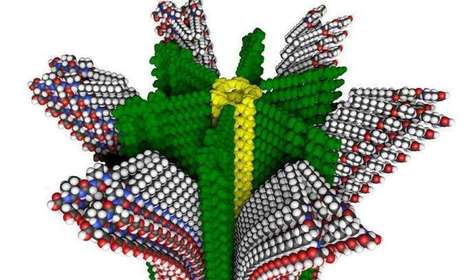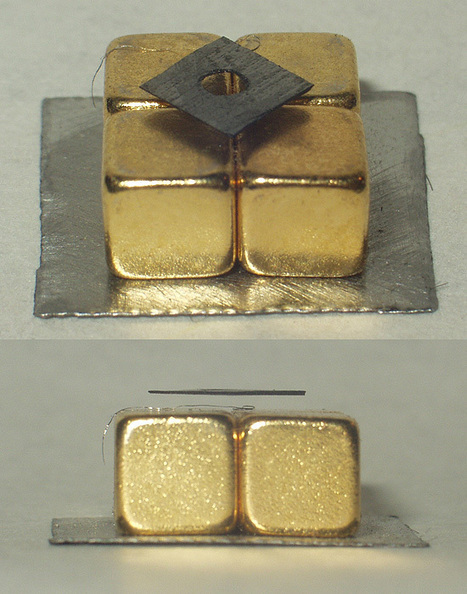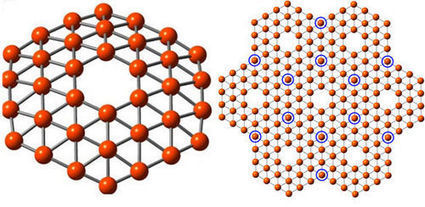"Imagine a polymer with removable parts that can deliver something to the environment and then be chemically regenerated to function again. Or a polymer that can lift weights, contracting and expanding the way muscles do (...)"
Research and publish the best content.
Get Started for FREE
Sign up with Facebook Sign up with X
I don't have a Facebook or a X account
Already have an account: Login
 Your new post is loading... Your new post is loading...
 Your new post is loading... Your new post is loading...

Biosciencia's curator insight,
July 8, 2013 4:14 AM
Evidently, the long-term goal is to produce hydrogen – the fuel of the future – in an environmentally friendly and especially competitive way. For Michael Grätzel, "current methods, in which a conventional photovoltaic cell is coupled to an electrolyzer for producing hydrogen, cost 15 € per kilo at their cheapest. We're aiming at a € 5 charge per kilo". |
|
















